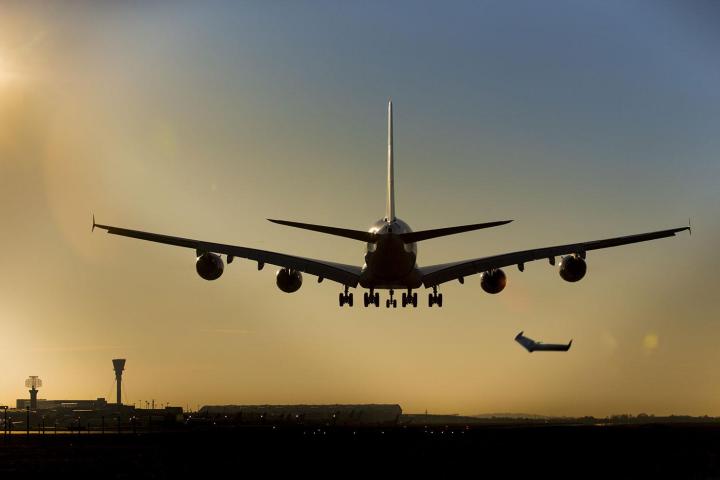
The pilot told London Metropolitan Police that he believes he struck a drone during the landing sequence at about 12:50 p.m. local time. Once on the ground, the plane was inspected by authorities, who also believed that a drone was involved in the incident. Engineers then cleared the plane for its next flight. This would be the first reported case of a drone colliding with a major airliner.
Related: Even if you’re bothered by that drone over your house, you can’t shoot it down
Like the U.S. Federal Aviation Administration, the U.K.’s Civil Aviation Authority (CAA) strictly enforces its rules regarding the use of drones, particularly when it comes to commercial airspace. Drones are not allowed near airports nor any aircraft no matter where they may be. The CAA also requires drones to remain below 400 feet and within the sight of the operator(s) at all times.
Between 2013 and 2015, experts reviewed 921 cases that involve drones and manned aircraft. It was revealed that over a third of these cases saw the airborne vehicles coming within 500 feet of each other. “Our findings indicate that incidents largely occur in areas where manned air traffic density is high and where drone use is prohibited,” experts said in a statement.
Needless to say, this could pose a huge risk to those on board the aircraft as well as those below. A drone could damage the engine, wings, flaps, or any other crucial part of an aircraft, compromising control and stability. It could also crash through the cockpit, injuring the crew or worse.


